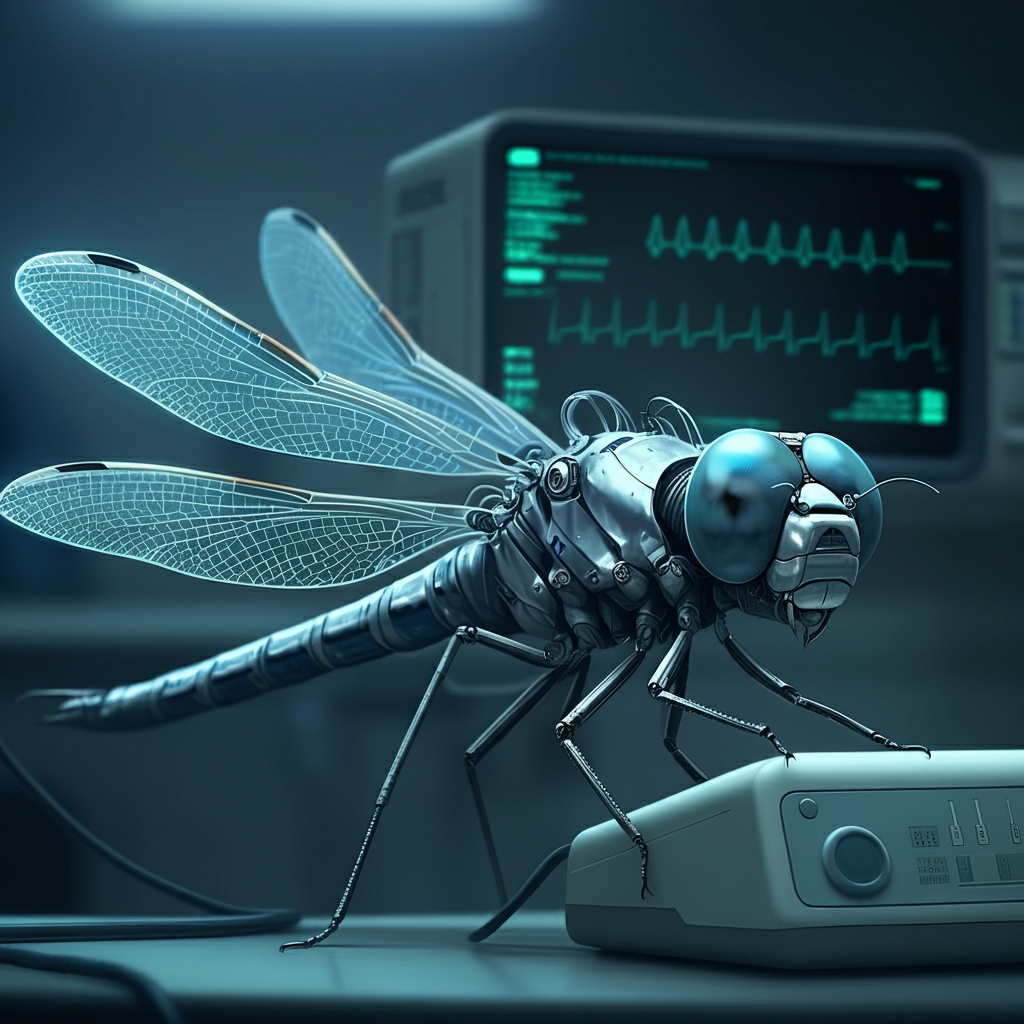While many industries are seeing fewer ransomware attacks, healthcare remains an exception, with attacks on the rise. Cybersecurity firm Sophos released its “The State of Ransomware in Healthcare 2024,” highlighting that ransomware attacks against healthcare organizations have reached their highest point in four years. Two-thirds of healthcare organizations were hit by ransomware in the past year, up from 60% in 2023. Meanwhile, ransomware attacks across other industries have decreased. This trend shows that cybercriminals see healthcare as an attractive target because of its valuable information and the critical need for constant access to data.
What’s even more worrying is that healthcare organizations are taking longer to recover from these attacks. Only 22% of affected organizations were able to recover in a week or less, down from 47% in 2023. In fact, 37% took more than a month to fully recover, showing that these attacks are becoming more severe and difficult to deal with.
Ransomware Costs Are Growing
The cost of dealing with ransomware attacks in healthcare is also increasing. In 2024, the average cost to recover from an attack was $2.57 million, up from $2.2 million in 2023 and double the cost in 2021. These rising costs put additional pressure on healthcare providers, impacting both finances and patient care.
Paying the Ransom: Not a Simple Solution
Many healthcare organizations feel they have no choice but to pay the ransom when attacked. However, 57% of those that paid ended up paying more than the original demand. This highlights how unpredictable and risky it can be to negotiate with cybercriminals. Paying the ransom is often not a straightforward solution and may even lead to more problems.
How Attacks Happen and Why Backups Matter
The main ways cybercriminals get into healthcare systems are by using stolen passwords and exploiting weak spots in the software. This means that better password protection and keeping systems updated are important steps to prevent attacks.
Even more concerning is that in 95% of ransomware attacks, cybercriminals tried to compromise the organization’s data backups, which are crucial for recovery. Organizations that had their backups compromised were more than twice as likely to pay the ransom, showing just how important it is to keep backup systems secure.
A More Proactive Approach is Needed
To fight against these threats, healthcare organizations need to be proactive. As John Shier from Sophos suggests, combining advanced technology with continuous monitoring can help stay ahead of attackers. Healthcare providers should focus on improving security measures, such as stronger password protection, separating networks, and training staff to recognize potential threats. These steps can help protect patient information and ensure that healthcare services continue smoothly, even in the face of cyber threats.
In summary, while ransomware attacks are becoming less common in other industries, they are increasing in healthcare. The rising costs, longer recovery times, and frequent ransom payments make it clear that healthcare organizations need stronger cybersecurity defenses. By taking proactive measures and working with cybersecurity experts, healthcare providers can better protect their data and keep patients safe.




Pingback: Cyberattack Forces Hospital to Limit Operations and Divert Patients – Otonata Cybersecurity